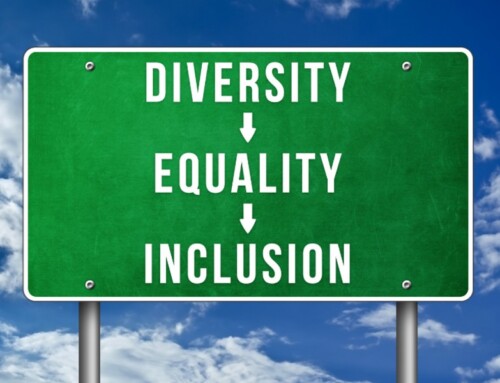In many ways, the coronavirus pandemic is the great equalizer. Factors such as social status, physical presence, color, creed, and sex which drive so many of our workplace interactions lose considerable potency when everyone is reduced to uniformly-sized pixels on a screen and bits of audio. Astute managers should seize this opportunity to address one of the most important, and potentially most transformative, challenges of our time: workplace gender disparity.
The Challenge
Despite the strident pace of development over the last two decades, the proportion of women in the global labor force has stagnated at around 55 percent. That figure is dragged down by an abysmal participation rate of just 25 percent for women in the Middle East and North Africa.
According to a Pew Research study, gender demographics show that women are disproportionately employed in lower-paying positions. For example, while STEM (science, technology engineering and mathematics) occupations account for 10.3 percent of men’s jobs, they only constitute 4.6 percent of female employment. Meanwhile, a mere 24 percent of senior management roles are filled by women. This disproportional distribution explains why women working full-time earn 78 cents for every dollar earned by men.
There is some contention over the extent to which gender propensities towards certain genres of occupations contribute to this imbalance. Regardless, we can all agree that women should have equal access to opportunities.
The Difference
Change is difficult because it comes astride the unknown. However, the established data on a change in workplace demographics is irrefutable. A McKinsey study has shown that less gender-diverse workplaces are also less likely to exceed monetary return expectations. UK statistics reveal that EBIT (earnings before interest and taxation) rises by 3.5 percent for each 10 percent increase in the gender diversity of a company’s senior executive management.
Financial gains aside, a gender-balanced workplace is a cradle of social cohesion where individuals are judged on their merits and capabilities, not their identity. The results of a Lehman Brothers survey show that balanced teams are more creative, confident, effective, and more likely to share knowledge.
In short, managers who recruit an even number of men and women give their organization an almost insurmountable advantage. Are you such a leader?
The Path
Gender equity is a work in progress. You can foment change both within your company and beyond using these three tactics.
- Flexibility – Rigid hours and workplaces are a relic of the past. This seismic shift towards remote work has blurred the line between domestic gender roles, invalidating a handicap that has traditionally kept women from joining the workforce. Embrace this opportunity to include them.
- Remuneration – Are all your employees paid in accordance with the experience and competency they bring to the table? Perhaps remote work has revealed individual talents, stripped bare of the myriad other factors that affect our perceptions in a traditional workplace. A gender pay gap not supported by demonstrable facts can be legally perilous.
- Participation – Leadership by example never grows old. Be an advocate for meaningful change and highlight the achievements of your female employees. Encourage them to engage on social media so they can promulgate the merits of active economic participation. Your voice and theirs may be the spark that ignites a bold decision in someone who may transform the future.
Contact DeSantis Trusted Advisors today if you have any questions about creating a sustainable plan to promote gender equality in your workplace.






